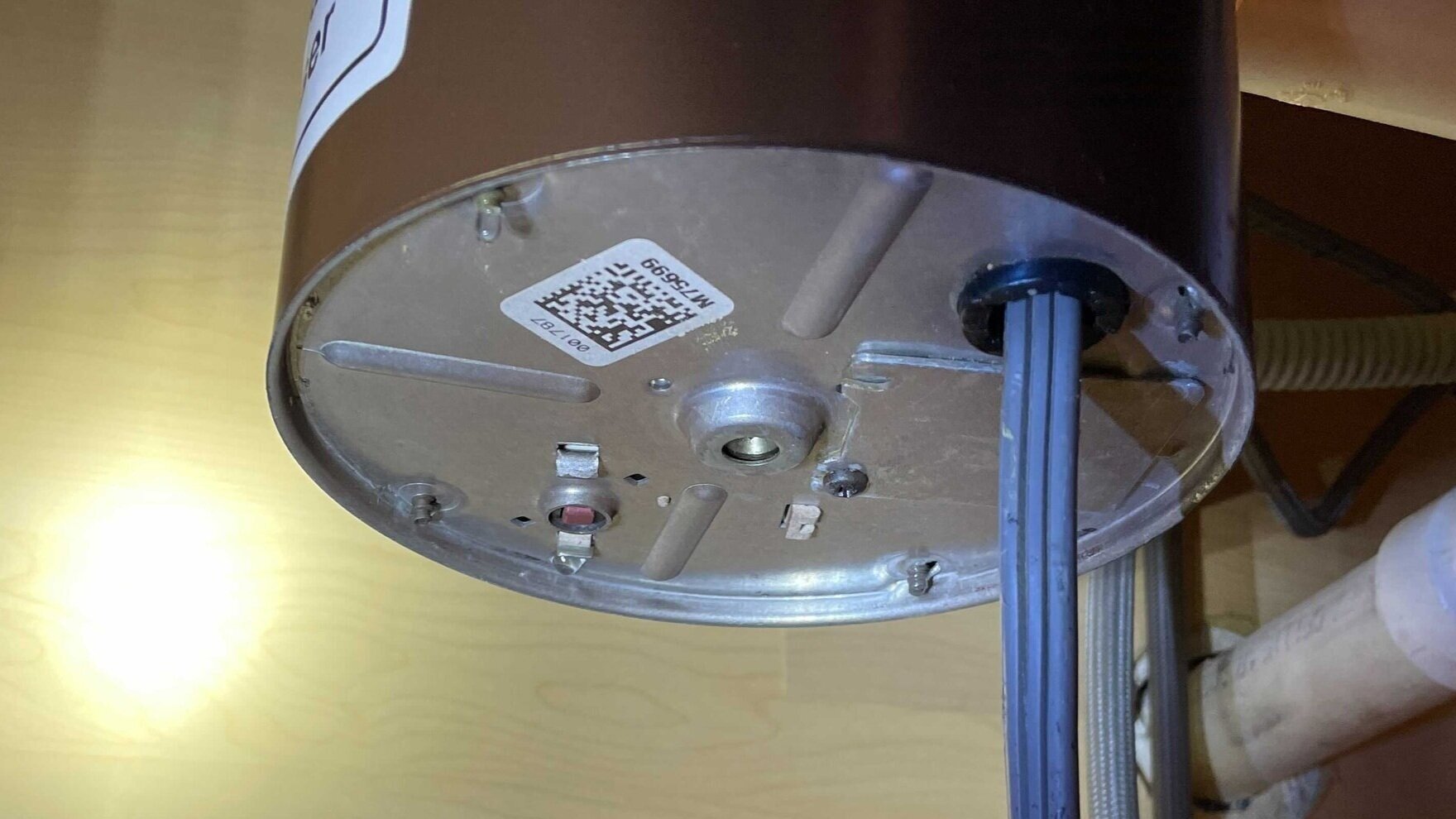Proven Ways to Fix a Leaking Waste Disposal Unit
This PageHere down the page you can discover a bunch of excellent resources pertaining to Garbage Disposal Leaking From Bottom.

Garbage disposals are vital kitchen area home appliances that assist in throwing away food waste efficiently. Nonetheless, a dripping waste disposal unit can be a discouraging and untidy problem to handle. Thankfully, many leakages can be taken care of conveniently with a few simple steps. In this post, we will certainly go over just how to fix a leaking garbage disposal effectively.
Introduction
Waste disposal unit are installed under cooking area sinks and are designed to shred food waste right into smaller items, allowing it to go through the plumbing system conveniently. While these tools are generally trusted, leakages can occur in time due to damage, loosened links, or damages to the system.
Typical Sources Of Leakages in Trash Disposals
Worn Seals and Gaskets
Seals and gaskets play a crucial duty in preventing water from leaking out of the waste disposal unit. Over time, these elements can degrade, leading to leakages around the disposal device.
Loose Connections
The links in between the garbage disposal and the pipes system can end up being loose gradually, causing water to leak out throughout procedure.
Cracks or Holes in the Disposal System
Physical damages to the waste disposal unit, such as splits or holes in the housing, can additionally lead to leaks.
Determining the Resource of the Leak
Before trying to take care of a dripping garbage disposal, it is important to determine the source of the leak. This can generally be done with visual examination or by conducting basic examinations.
Visual Examination
Inspect the garbage disposal device thoroughly for any kind of signs of water leakage. Pay attention to areas around seals, gaskets, and link points.
Testing for Leaks
One method to check for leaks is by running water with the disposal unit and looking for any kind of visible signs of leakage.
Devices and Products Needed for Dealing With a Dripping Waste Disposal Unit
Before starting the fixing procedure, gather the necessary devices and materials, including a screwdriver, flexible wrench, plumbing's putty, replacement seals or gaskets, and epoxy or patching product for repairing cracks or holes.
Step-by-Step Guide to Dealing With a Dripping Garbage Disposal
Turn Off the Power
Prior to attempting any kind of repair work, make sure that the power to the waste disposal unit unit is shut off to stop the threat of electrical shock.
Situate the Leak
Recognize the specific place of the leak and figure out the reason.
Tighten Connections
Utilize a wrench to tighten any type of loosened connections between the disposal system and the pipes system.
Change Seals or Gaskets
If the leak is because of used seals or gaskets, eliminate the old elements and change them with new ones.
Patching Cracks or Holes
For cracks or holes in the disposal system, use epoxy or a suitable patching material to seal the damaged location.
Testing the Garbage Disposal After Repair Service
Once the repair service is full, check the waste disposal unit by running water with it to guarantee that the leakage has actually been fixed.
Preventive Maintenance Tips to Avoid Future Leakages
To prevent future leakages, it is important to carry out normal maintenance on your waste disposal unit. This consists of maintaining it clean, staying clear of putting non-food products or tough objects down the disposal, and regularly looking for leaks or other concerns.
Final thought
Finally, taking care of a dripping waste disposal unit is a relatively simple process that can be finished with standard tools and materials. By complying with the steps detailed in this write-up and exercising preventative upkeep, you can maintain your waste disposal unit in good working problem and stay clear of pricey fixings in the future.
What to Do About a Leaking Garbage Disposal
A leaking garbage disposal often goes unnoticed until you confront a sopping cabinet, a foul-smelling puddle, or an audible drip-drip-drip from the unit. The fix can be frustrating, too, because the leak can stem from a number of components in the system. Fortunately, with a little sleuthing, you can zero in on the leak and—depending on the exact location—stop the icky oozing and repair the component that caused it. Worst case scenario, if it turns out that the garbage disposal must be replaced, installing a new one is a reasonable do-it-yourself task for those with basic plumbing skills. Read on to keep the cash you’d otherwise hand over to a pro.
Prepare to find the leak
Prior to testing the garbage disposal for leaks, unplug it at the wall outlet and turn off the power from the breaker box to prevent electrical shock. Then insert a watertight sink stopper into your sink drain and wipe the unit dry with a clean cloth. In any handy container, mix a few drops of food coloring into a few cups of water, and pour the dyed water onto the sink stopper to help you locate the leak.
Investigate the source
the top, where the disposal meets the sink drain the side, where the dishwasher hose or main drain pipe connects to the disposal or the bottom of the unit Inspect each of these locations while gliding a light-colored rag over the unit; the dyed water will readily show on the rag and reveal the location of the leak. If a leak isn’t immediately apparent, remove the sink stopper and pour a few more cups of dyed water down the sink drain, then check for leaks again. Leaks near the top of the unit are more likely to show themselves while the sink is plugged, while side and bottom leaks are more noticeable while the sink is unplugged.
The metal sink flange that sits directly inside the sink drain is typically sealed around the top with plumber’s putty (a clay-like sealant) and then secured from under the sink with bolts. If the plumber’s putty deteriorates, or the bolts loosen, the flange can no longer form a watertight seal between the sink drain and the disposal—which could cause a leak at the top of the unit.
To reseal the leaky flange, you must first detach the garbage disposal. Start by loosening the screws securing the main drain pipe to the disposal, then loosen the screws in the metal clamp securing the dishwasher hose to the disposal and detach the drain pipe and dishwasher hose from the disposal. Loosen the screws in the mounting ring that connects the disposal to the metal mounting assembly beneath the sink, then pull down the disposal and carefully set it on a clean, dry surface. Loosen the bolts in the mounting assembly with a wrench, then pull down the mounting assembly and set it near the disposal.

As an enthusiastic person who reads on Tips on Fixing a Leaking Garbage Disposal, I figured sharing that chunk was important. Are you aware of another individual who is intrigued by the niche? Feel free to promote it. Thank you so much for taking the time to read it.
Click Here To Find Out More